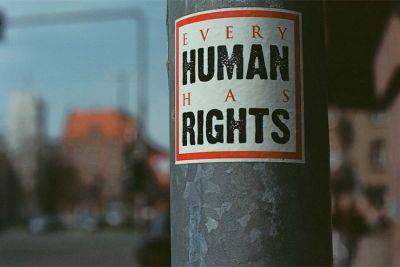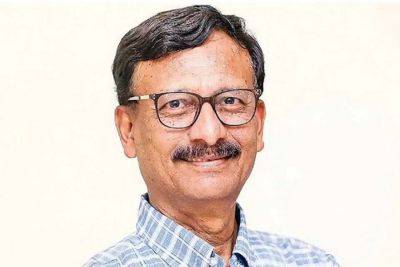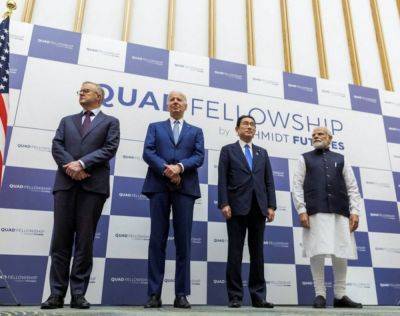The soundscape of Korean cities
September 23, 2024
SEOUL – One of the most interesting things about visiting a new city is its soundscape. For many people, language defines the way a city sounds, particularly if they do not understand the language or languages spoken around them. The soundscape also includes announcements, digital notifications, music, traffic noise and various sounds of nature.
What, then, is the soundscape of major cities in South Korea?
The easiest city to start with is Seoul, the largest and most dominant city in the country by far. In the late 20th century, Seoul was a fairly noisy city. The subway system was not as extensive as it is today, and the city relied heavily on buses, many of which were noisy. Traffic jams, complete with frequent horn honking, were common.
The streets were more crowded, and the population was younger, which raised the volume of the city through talk and laughter. Jongno 2-ga and Sinchon, for example, were full of energetic university students. Markets, particularly neighborhood markets, were more crowded and boisterous. There were more babies and children, so crying and the sound of play were more common in neighborhood alleys and backstreets.
Today, Seoul is a much quieter city. Traffic is still busy, but it moves much more smoothly and quietly. Children are fewer, but also not as visible in the cityscape, aside from at apartment complex playgrounds. Once booming areas like Jongno 2-ga and Sinchon are no longer popular, and are now much quieter than in the past.
Not everything about Seoul is quieter now.
Music in the late 20th century was largely indoors, but nowadays shops frequently play music outdoors to attract young customers. The blend of music coming from shops creates its own unique form of







